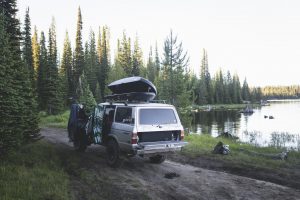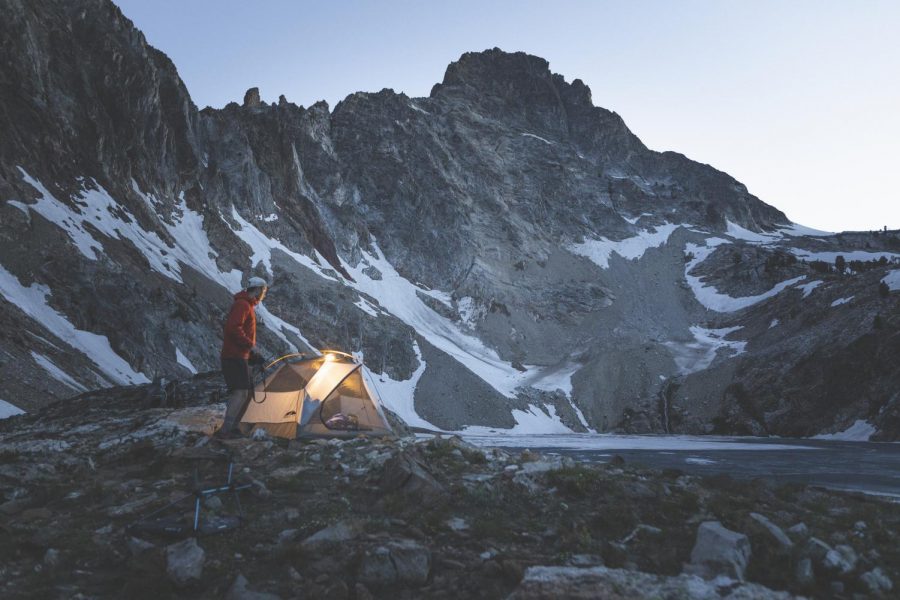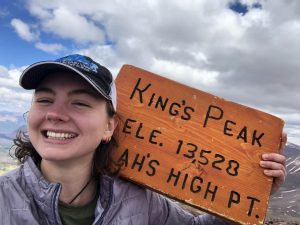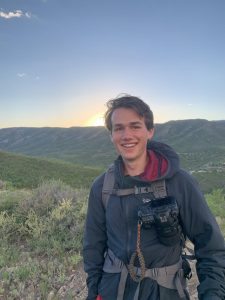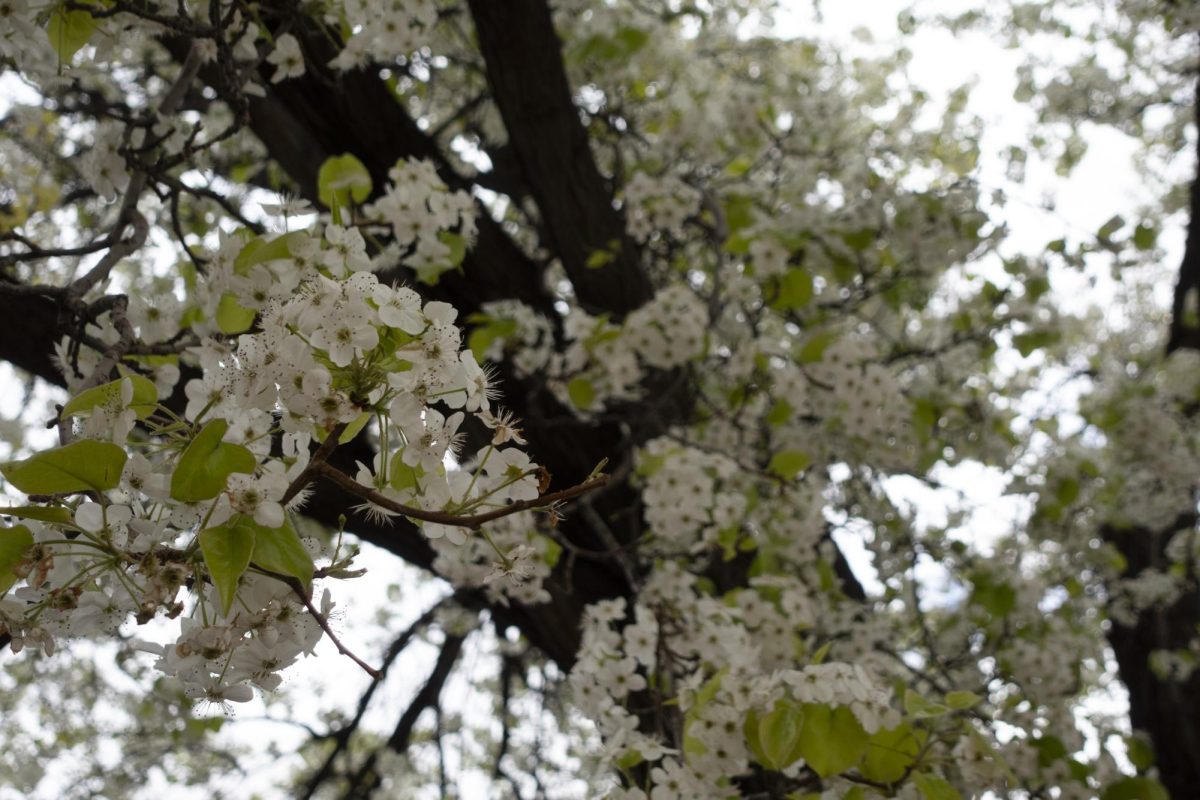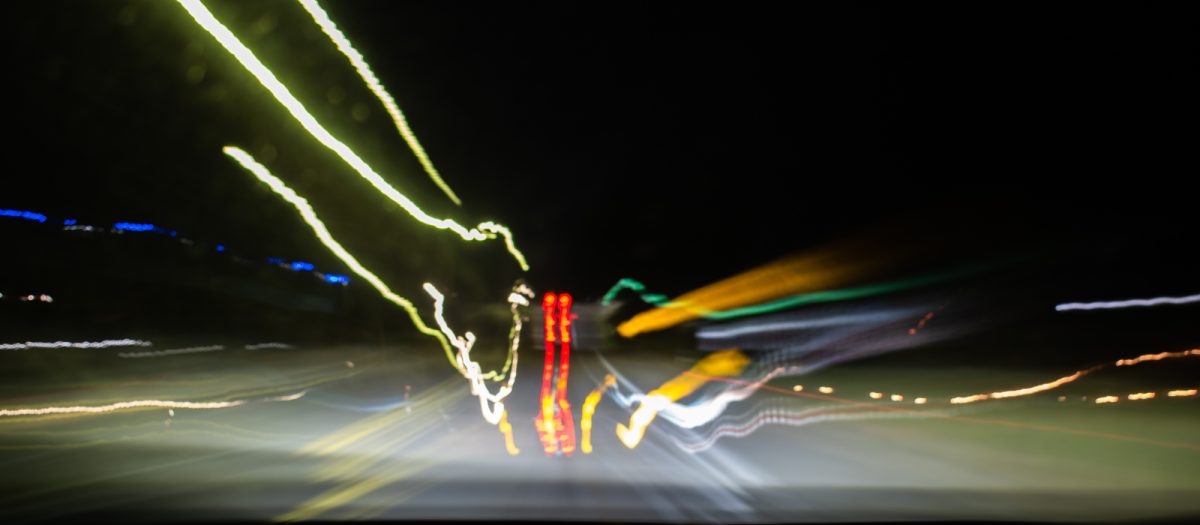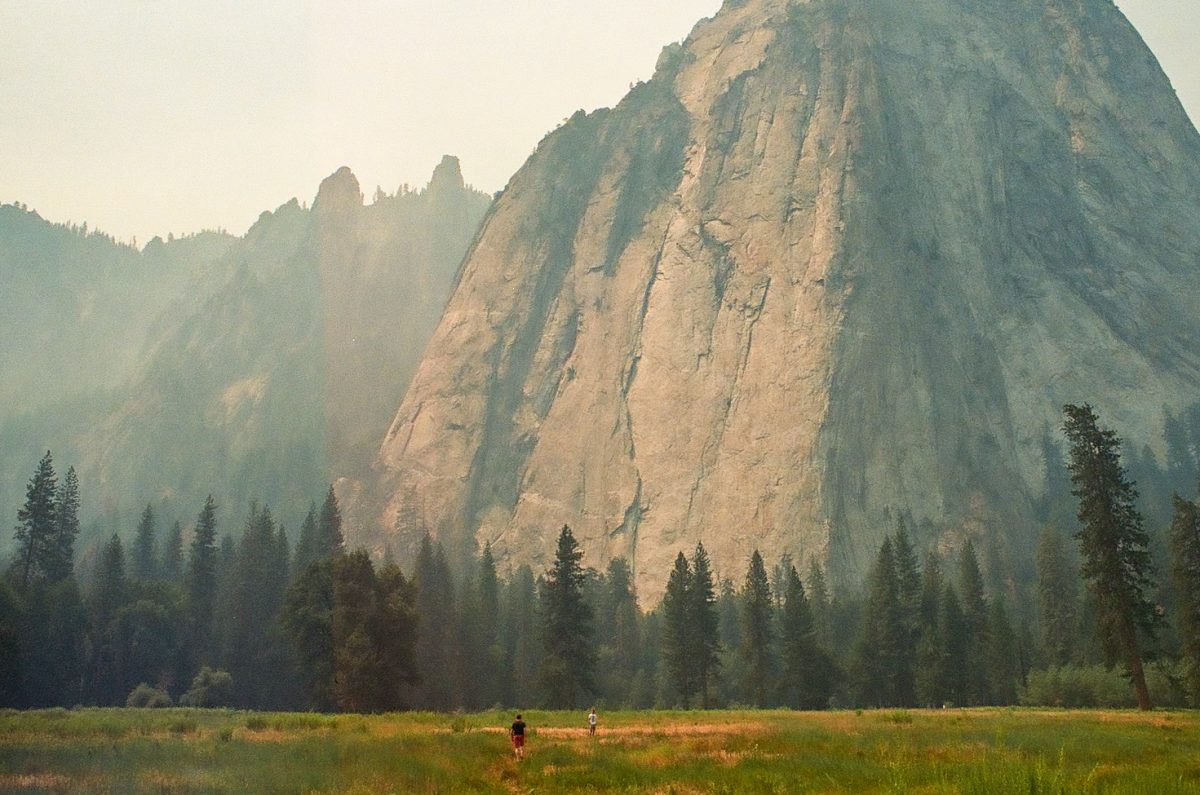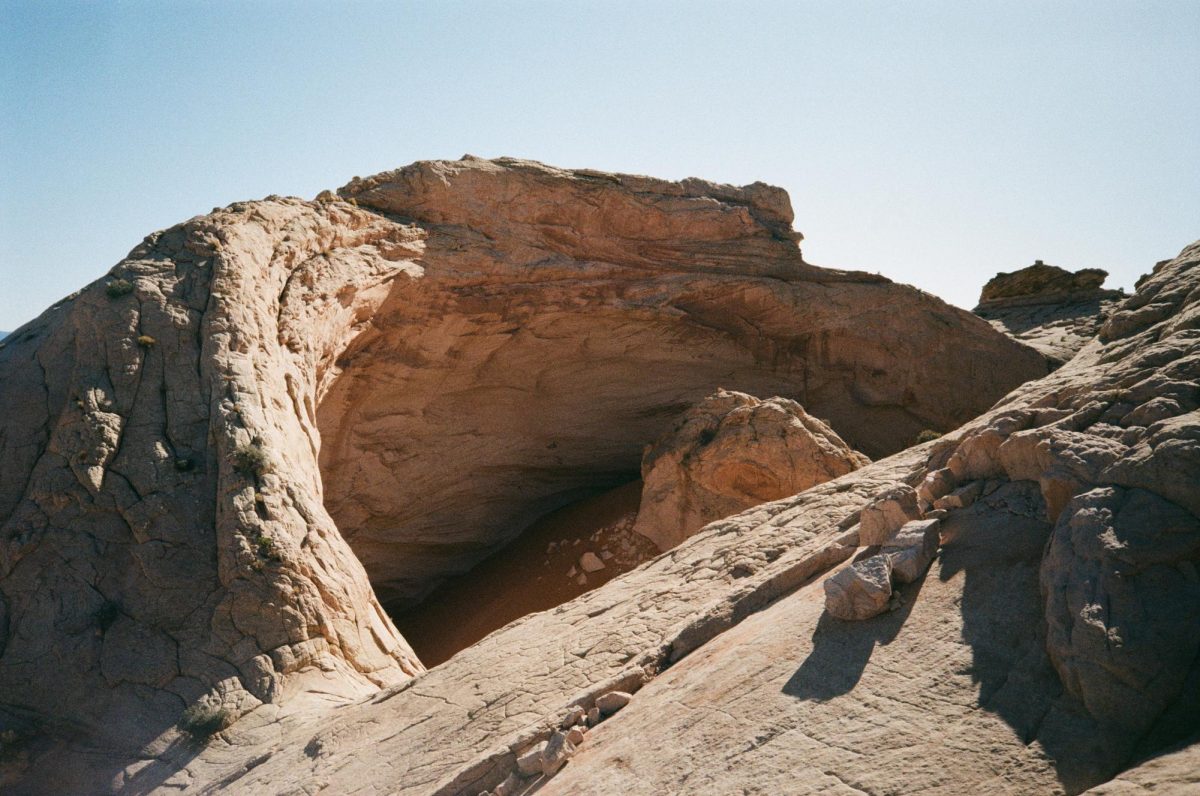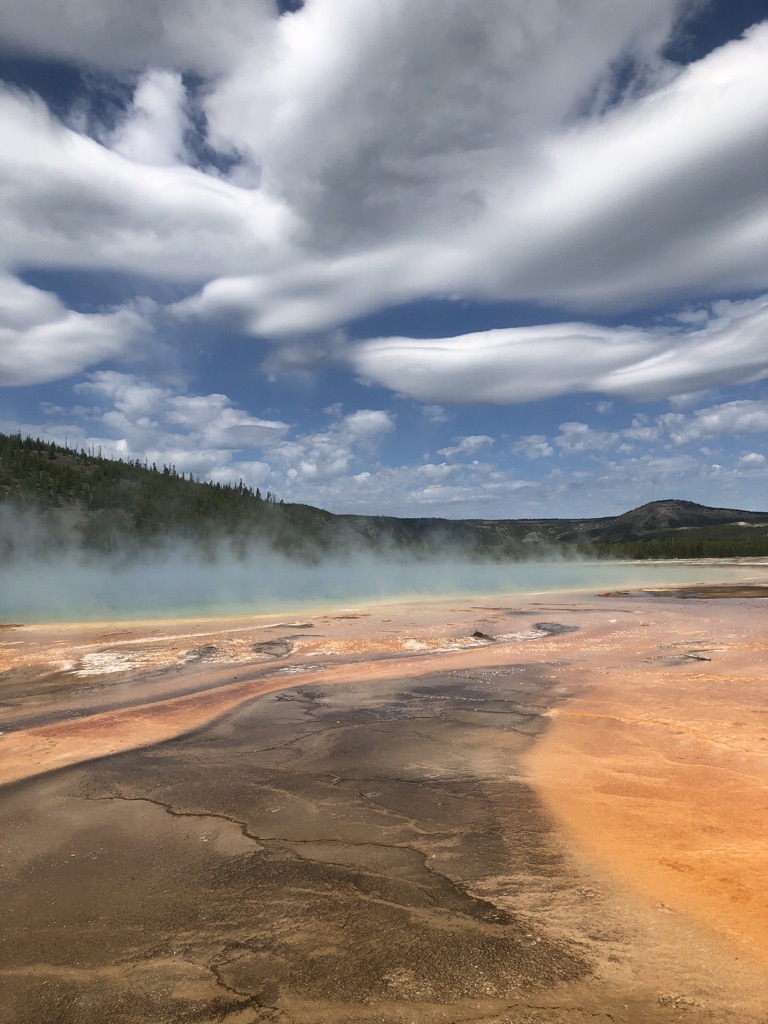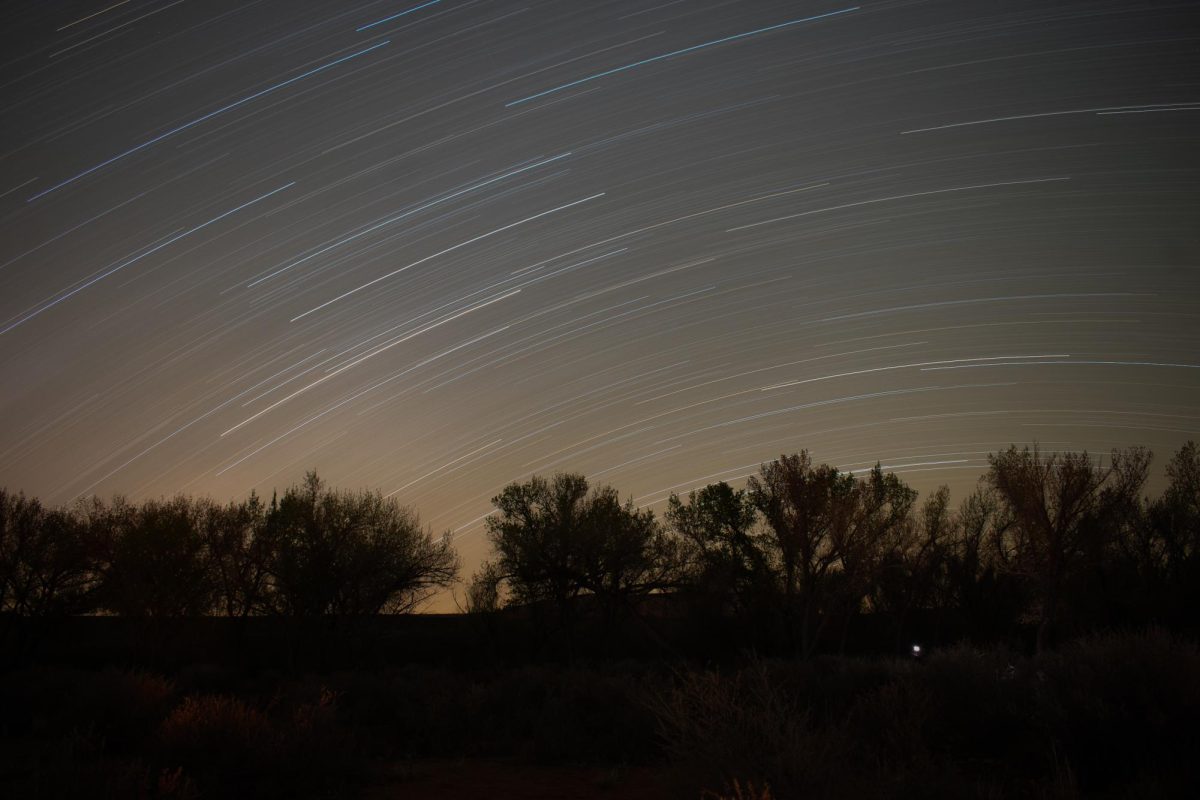The Cans and Can’ts of Camping on Public Lands
November 12, 2020
While camping offers a break from our regular responsibilities, it comes with its own set of rules and regulations. It can be complicated to figure out where and how to camp. I’m here to break down the rules for the most common and relevant types of public lands.
Let’s start with the basics. Public lands are areas owned by us — the public — and managed by the government. These areas make up close to 70% of Utah’s land. Each classification of land is managed a little differently, and some will draw larger crowds than others. When planning your trip, be sure to know what type of land you’re heading into. This guide will advise on how to camp there.
National Parks
These protected lands are considered by many to be the crème de la crème of United States public lands. Generally, national parks only allow camping in designated campsites — for which you’ll need to pay a campsite fee. These fees can range from $30 to over $50. With a student budget, I’d stick to day trips in the parks since you’ll also be paying an entrance fee. In state parks, campsite fees start around $15, and in Utah, you’ll pay an entrance fee of $15 per vehicle holding up to eight people. To camp in these areas, you generally have to stay in campsites that are selected on a first-come, first-served basis. You can reserve these online ahead of time at recreation.gov to ensure a smooth trip.
National Forests and Wilderness Areas
As well as a healthy amount of recreational opportunities, national forests provide resource extraction and wildlife habitat conservation. The multiple-use concept means that resource extraction pays for the general public to use these lands for free. There will often be designated campsites that you can choose to pay for. With no associated costs, you can backpack out to your very own paradise. Similarly, dispersed camping can be found off of most secondary roads. These sites are not always marked, but you can recognize popular ones by the telltale well-worn patch of ground. Pull in for some quality — and free — car camping.
BLM Land
Land managed by the Bureau of Land Management was originally used to encourage westward migration and homesteading in the United States. As far as camping regulations, there are essentially none. Many locations have the option to stay in a designated campground, which you’ll have to pay for per night, but BLM land is known specifically for its free dispersed camping. As long as the site you choose does not interfere with other uses for the land or isn’t marked as a “no camping zone,” you’re free to stay there. The only rule is that your stay in a single spot cannot exceed 14 days within a period of 28 consecutive days. After the 14-day limit is reached, you have to move at least 25 miles from that spot.
So whether you’re seeking a remote
backpacking experience or a relaxed weekend of car camping, our public lands can provide you with a venue. For the best experience, do your research beforehand as it’s always better to know before you go. Grab your friends — or escape them — this weekend and go exploring.
